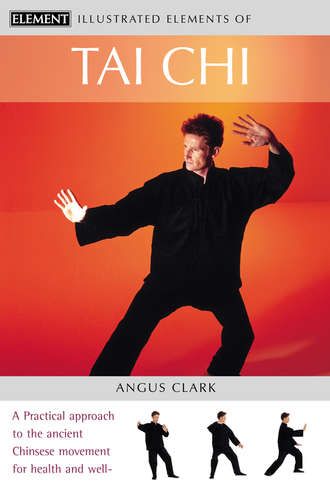
Полная версия
Tai Chi: A practical approach to the ancient Chinese movement for health and well-being
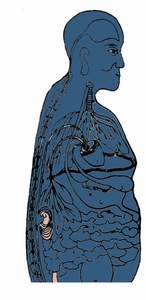
Traditional Chinese medicine recognizes the importance of the kidneys to health, as this illustration of the internal organs shows.
Although the body’s organs function with scarcely an interruption whether the rest of the body is sick or healthy, tense or relaxed, the quality of their functioning fluctuates in ways that often go unnoticed. The health of an organ depends on a network of mental, emotional, and physical conditions. Someone who is feeling good, fulfilled, and wanted by other people will be likely to have well-functioning organs, and, if that person also exercises and follows a healthy diet, excellent health.
Studies show that the body works best when the mind is content, but we have known this instinctively for centuries. Throughout history and across cultural boundaries the liver has been associated with the emotion of anger. Bile, crucial to the breakdown of fats, is abundantly produced by the liver when a person is happy. This sensitive organ reduces its bile production in response to anger.
RELEASE THROUGH TAI CHI
Any tai chi exercise can work toward release of tension, anger, or other pent-up emotions. The third preparatory exercise, the Rainbow Circle, for example, focuses on healing the kidneys. The following exercise is helpful for releasing emotion. It also massages the kidneys and loosens tightness and feelings of rigidity in the spine. Adopt any strong tai chi stance and relax as deeply as you can. Lift your arms as high as you like and turn your body from one side to the other quite vigorously. At the completion of each turn stop suddenly and shout HEY! or SHOO! Feel the release coming through your arms and out of your fingers.
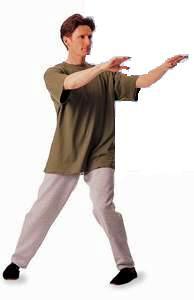
Through regular daily practice and especially through partner practice, tai chi teaches new ways of dealing with anger and other strong emotion. It teaches techniques of self-expression as the best way of achieving this. It is well known that depression can be the result of pent-up anger, and that anger can result from frustration. These emotions must be allowed to flow rather than be blocked. The flow may be generated through speaking, for example, or writing, or painting.
The delicate, intricate kidneys filter about 15 gallons of water and waste products from the blood each day, releasing about 3 pints as urine. They eliminate poisons such as nicotine, and metals, such as mercury and lead. According to Traditional Chinese Medicine, the kidneys store life-essence or jing. The adrenal glands, which produce the hormone adrenaline, sit on top of the kidneys, so these organs are associated with fear. This, in turn, is related to willpower. Feelings of timidity can lead to a holding back from life. Working with a tai chi partner is an excellent antidote to timidity.
SHALLOW BREATHING
Breathing is normally powered by the diaphragm, a large, dome-shaped muscle that separates the chest from the abdomen. Its rhythmic movements enable you to draw in as many as 20,000 breaths and 5,000 gallons (500 bushells) of air in a day. If you are in a state of anxiety or depression, however, you do not make use of the diaphragm and other muscles of the lower chest. Breathing takes place mainly in the top part of the chest, and the amount of air you take in is much reduced, so that the body is starved of oxygen and chi, or life energy.
Shallow breathing due to anxiety and tension is a growing problem in modern Western countries. As well as exacerbating imbalances of the mind, such as depression, it undermines health. Not enough oxygen dissolves from the lungs into the bloodstream, and to remain healthy all body tissues need a regular supply of oxygen from the blood. In stressful situations the speed and depth of breathing change, and the natural, cyclical rhythm of breathing is lost. People hold their breath in fear.
Poor breathing means low energy levels, because along with oxygen, the blood supplies the tissues with nutrients. Attempts to raise energy levels by eating more can have the same effect as overloading a choked fire with more wood. What is needed is a reshaping of the fuel, so that more oxygen and nutrients can reach the body’s cells. Tai chi works to restore the habit of natural, deep breathing, to enable the body to release energy most efficiently from the available fuel – the circulating blood. The workings of the body are interconnected, and the quality of the blood depends on the well-being of the vital organs, the health of which is shaped in turn by the quality of the blood they receive.
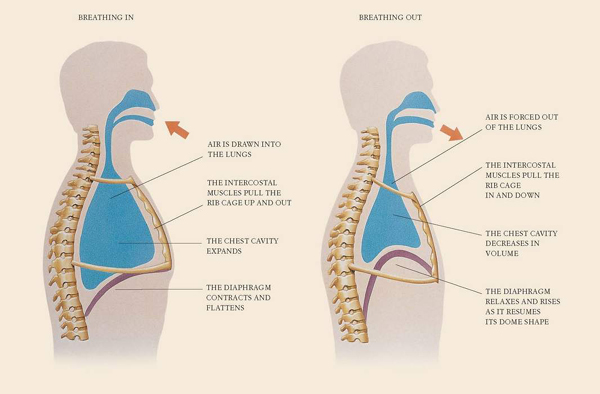
Tai chi works holistically to improve the functioning of body and mind. It acknowledges emotions as part of the human condition, and as a way of airing them, creating a space in which they can begin to dissolve, opening the way to a happier state. Just as massage can release nervous tension, tai chi can dislodge emotion, superficial or deep-seated, held in the body. Any tai chi exercise can work toward release of tension, anger, or other pent-up emotions. When this happens in practice, it can disrupt a seemingly harmonious state, but having cleared away an emotional block, the body will function better.
The Circulation
TAI CHI PROVIDES the exercise the body needs to maintain its marvelous circulatory systems. First, it stimulates the pumping action of the heart. For many people, an over-sedentary lifestyle results in sluggish circulation of the blood and of the lymph fluid, which supplies the tissues with water and nutrients. Tai chi exercise combined with regular massage provide the necessary stimulants to both.
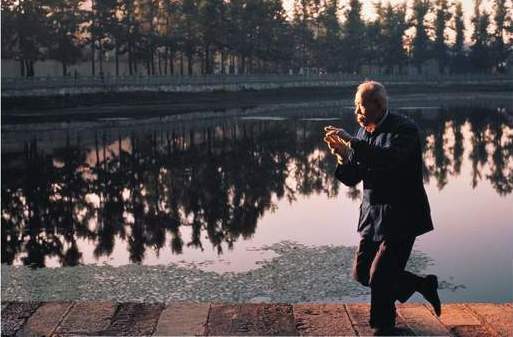
Muscular tension in well-exercised legs stimulates the return of circulating blood and lymph upward to the heart.
All the cells in the body are bathed in watery tissue fluid in which are dissolved the nutrients they need to live. Tissue fluid circulates in the bloodstream. The pumping action of the heart channels blood along arteries into a network of ever smaller blood vessels down to the capillaries, the smallest blood vessels that reach from the organs deep inside the body to the skin.
Molecules of tissue fluid containing water, oxygen, and essential nutrients can pass through the capillary walls into the minute spaces between the cells. From there they can be absorbed when needed by the surrounding cells.
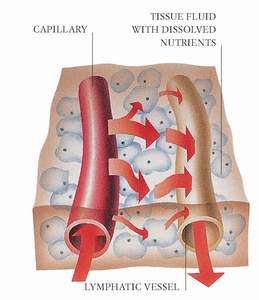
Tissue fluid containing water, dissolved oxygen, and nutrients such as calcium and glucose passes through the capillary walls to bathe every cell in the body.
All the time, cells excrete excess water and unwanted chemicals such as carbon dioxide through their walls back into the tissue fluid, which drains into the bloodstream through tiny veins called venules. But a proportion of it, along with waste products such as dead cells and bacteria, becomes lymph, a milky fluid mixed with white blood cells, fats from ducts in the intestine, and proteins. Lymph is filtered through lymph nodes packed with disease-fighting lymphocytes or white blood cells.
Конец ознакомительного фрагмента.
Текст предоставлен ООО «ЛитРес».
Прочитайте эту книгу целиком, купив полную легальную версию на ЛитРес.
Безопасно оплатить книгу можно банковской картой Visa, MasterCard, Maestro, со счета мобильного телефона, с платежного терминала, в салоне МТС или Связной, через PayPal, WebMoney, Яндекс.Деньги, QIWI Кошелек, бонусными картами или другим удобным Вам способом.




